3 New Changes Coming To All European Airports Travelers Need To Know
4 min readIf you're an American flying to Europe in the near future, there are 3 big changes coming to all European airports you should be aware of if you plan on having a smooth ride in and out of the Old Continent––or even being allowed to enter at all. As you might already know, Europe has been slowly tightening …
The post 3 New Changes Coming To All European Airports Travelers Need To Know appeared first on Travel Off Path.
Last Updated 2 mins ago
If you’re an American flying to Europe in the near future, there are 3 big changes coming to all European airports you should be aware of if you plan on having a smooth ride in and out of the Old Continent––or even being allowed to enter at all.


As you might already know, Europe has been slowly tightening entry controls for foreign visitors in recent months.
This trend is bound to accelerate from 2025 onward, when a new border policy will take effect, affecting all travelers, including Americans.
Enough said.
What are these proposed 3 changes impacting airport arrivals Brussels is so keen on introducing?
Liquid Limits Are Coming Back
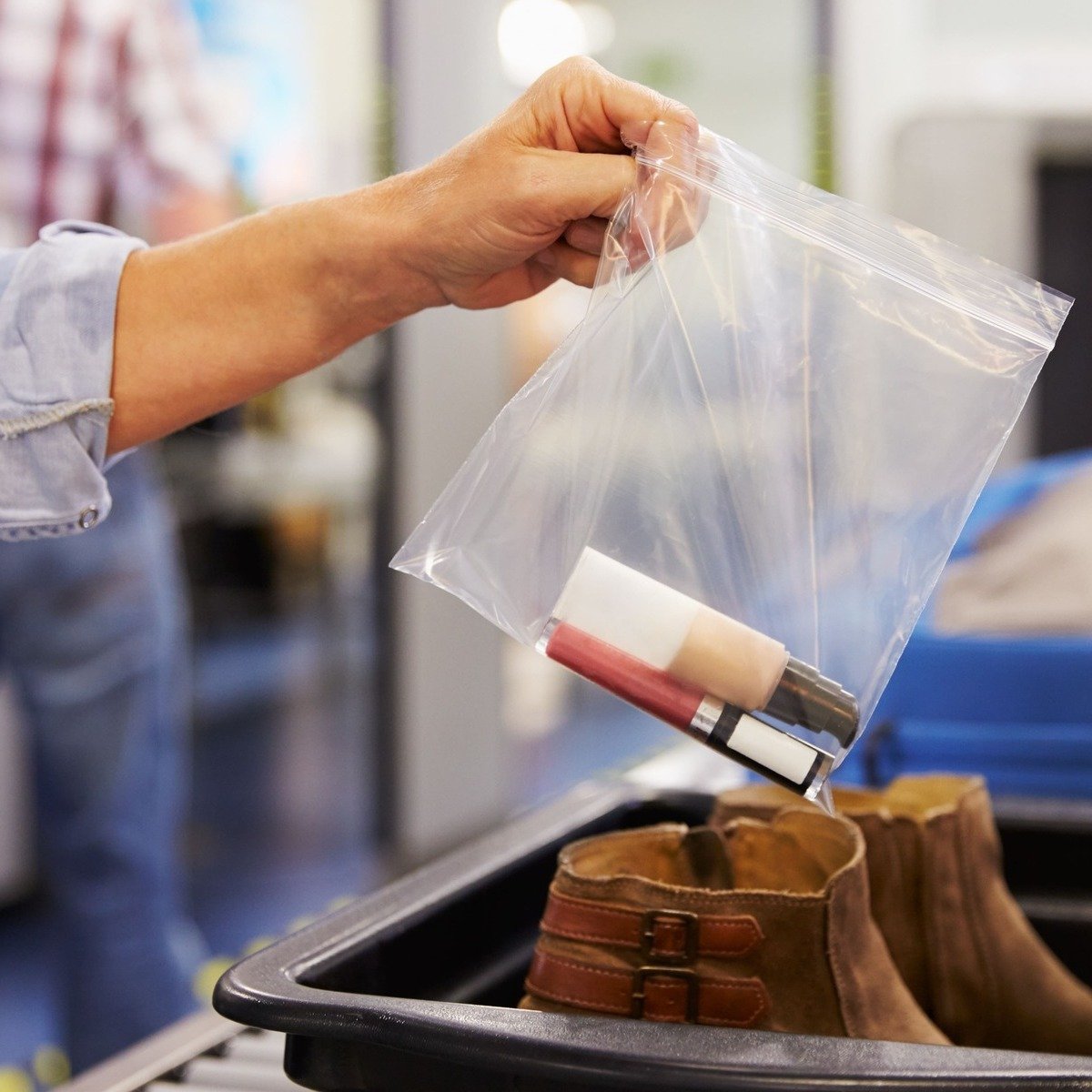

The first one comes into effect from September 1 already, and it’s relating to the limit of liquid items you can carry traveling airside in Europe: after promising to do away with the 100ml rule, they’re in fact bringing it back.
Over the years, several airports in the European space have either relaxed or removed the dreaded liquid rule, in anticipation of a Europe-wide reverse of the 2006 aviation ruling, including major transit hubs like Dublin Airport and Amsterdam Schiphol.
The phasing out featured the trialing of more sophisticated C3 scanners and speedier, more efficient screening––sadly, plans to carry on to the final phase have fallen through, as the latest European Commission-issued regulation officially reinstates the liquid requirement.
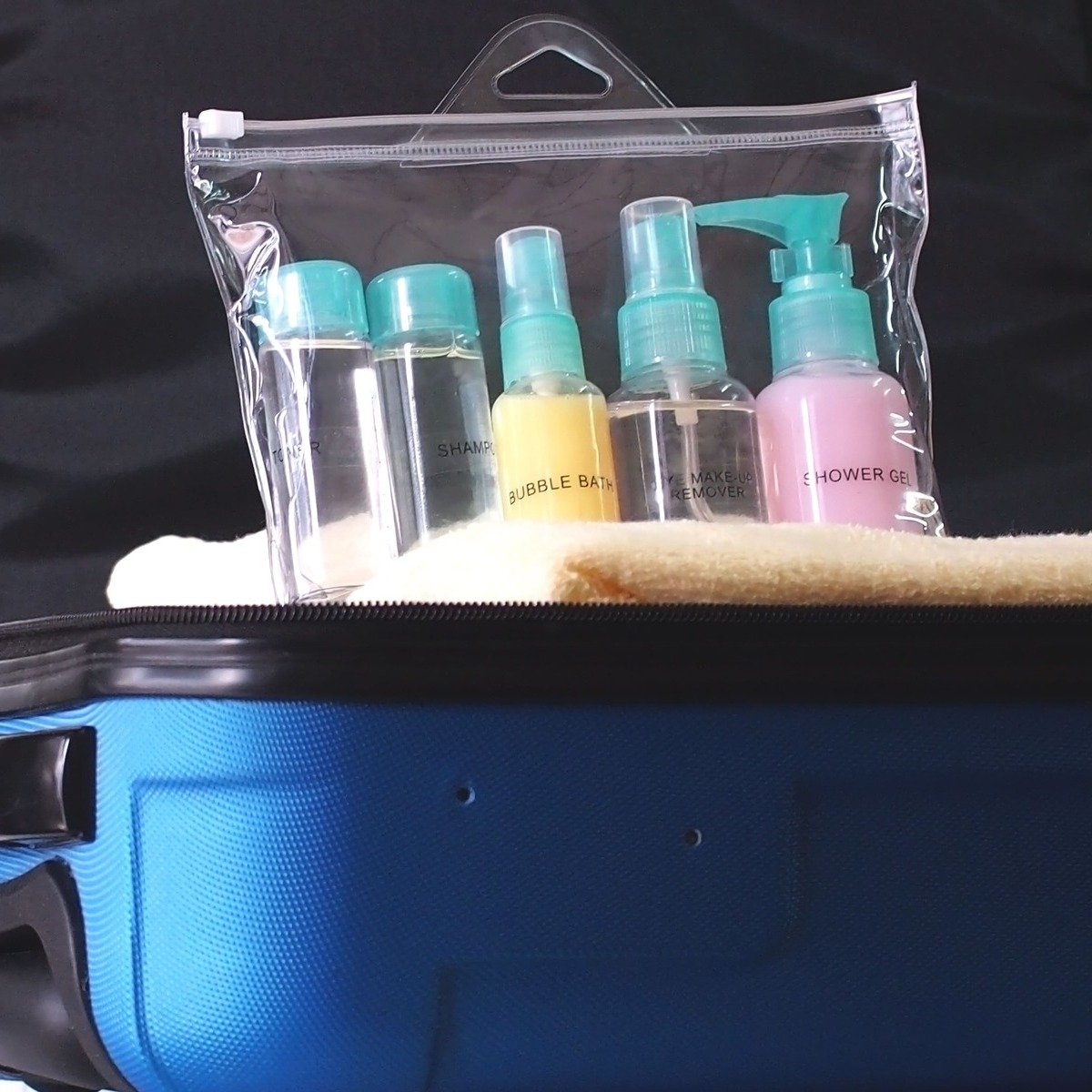

According to the Commission, this is a ‘precautionary’ step to address a temporary technical issue, not necessarily a response to security threats; still, it is set to send shockwaves through Europe’s largest airports that had already adopted less restrictive baggage rules.
According to Airports Council International Director General Olivier Jankovec, though security is ‘non-negotiable’, airports that have been ‘early adopters’ of the C3 technology will be ‘heavily penalized both operationally and financially’.
In sum, go back to keeping your liquids in containers under 100ml moving forward.
Fingerprinting For All Travelers
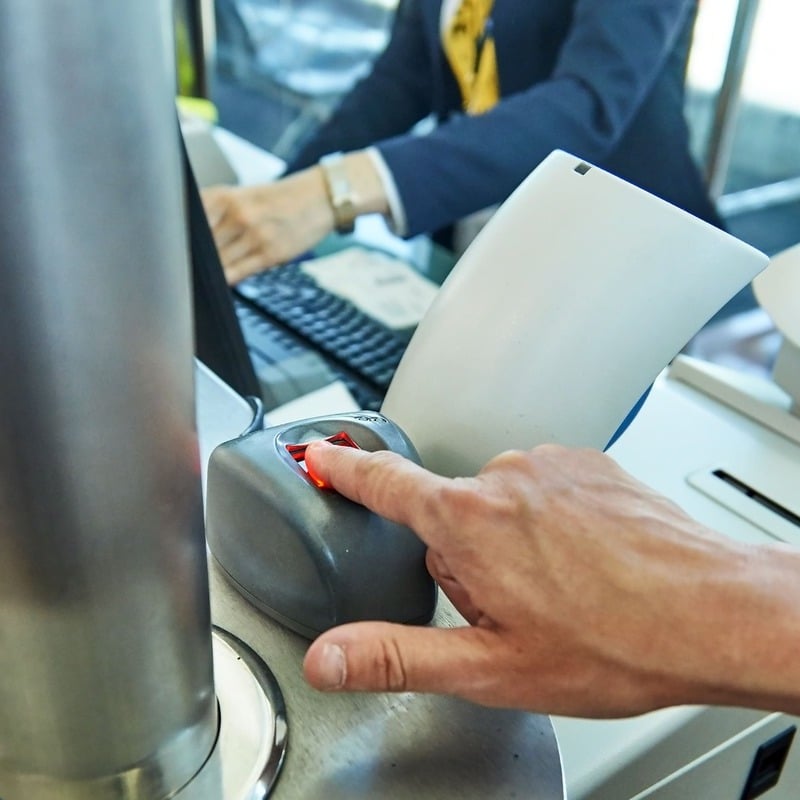

The next big change coming to European airports is more significant, and Americans will be among the first to feel the sting come November 10: fingerprinting and registration of all non-European tourists arriving at European borders will be mandatory.
This is part of the European Union’s new Entry-Exit System (ESS), which seeks to modernize border control and the screening of new passengers.
As you should know by now, you’re only allowed to remain in Europe’s Schengen Zone for 90 days out of any 180-day period.
In enforcing that, border officers often use entry and exit stamps to verify whether an individual has stayed beyond the permitted three months as a tourist, and needless to say, that’s far from the most reliable method.
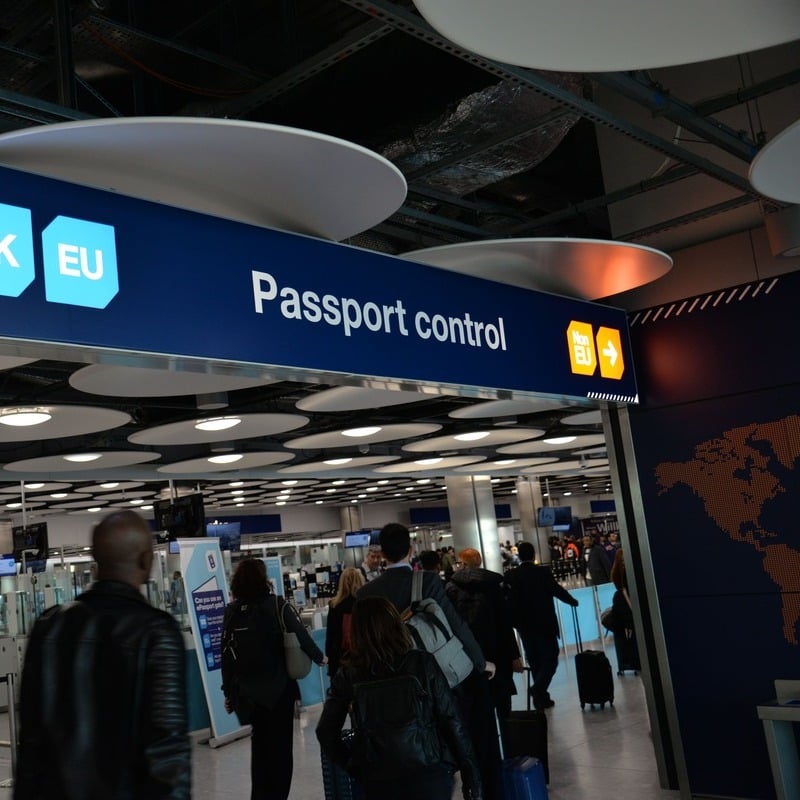

With the EES, tourists will be obliged to provide their biometrics at the moment of their arrival in Europe so their movement into and out of the zone can be controlled.
As confirmed by EU Commissioner Ylva Johansson, passport stamps will then be a thing of the past.
The bad news? You should be prepared for some additional wait time landing in Europe as you get registered for the first time.
The good news? Your data will be stored for three years, so it’s likely you won’t have to get fingerprinted again during that period.
Entry Fee Traveling To Europe


Last but certainly not least, you’ll want to hold off booking those flights to Europe, at least until you’ve obtained permission to fly.
You’ve read that right: for the first time in recent history, Americans will require pre-authorization to travel to Europe.
Though it is not a formal visa, without it, you will no longer be allowed to board Europe-bound flights from mid-2025.
It is called ETIAS (or European Travel Information And Authorization System) and applies to all foreign citizens that are currently visa-exempt from visiting Europe––this includes Americans, as well as Canadians and British citizens.
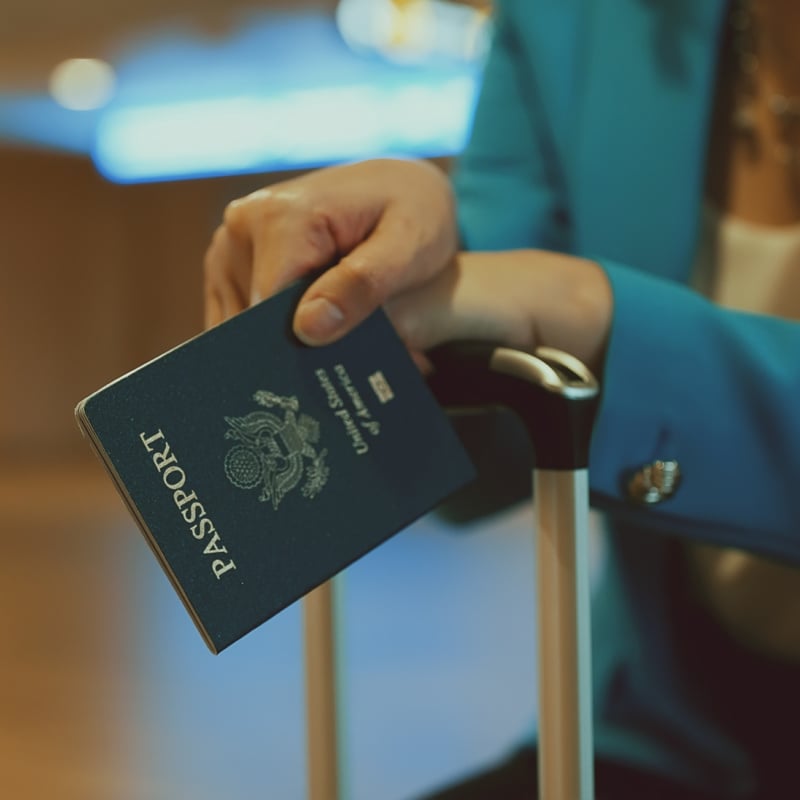

Once the ETIAS platform is up and running, you will be able to apply fully online, and most applications will be processed within seconds to minutes.
You will need to fill out a form, answer questions regarding your personal background, and pay a 7-euro fee.
Once your ETIAs are approved, you will receive a 3-year authorization to travel delivered directly to your email.
Every time you fly to Europe within that period, you can present it alongside your valid ETIAS alongside your passport at the airport.
If your passport expires earlier than your current ETIAS, then you will need to reapply once you’re issued a new travel document––oh, and remember: though an ETIAS is valid for 3 years, that doesn’t mean you get to remain in Europe for 3 years.
It allows you to travel an unlimited number of times to the Schengen Area, so long as you adhere to the 90-day rule during each trip.
↓ Elevate Your Travel↓
Sign Up Now For Travel Off Path Premium! No ads, VIP Content, Personal Travel Concierge, Huge Savings, Daily Deals, Members Forum & More!


✈️Join Our Travel Off Path Community Forum: Where travelers unite, ask questions, share experiences and even find like-minded travel buddies!
SUBSCRIBE TO OUR LATEST POSTS
Enter your email address to subscribe to Travel Off Path’s latest breaking travel news, straight to your inbox.
This article originally appeared on TravelOffPath.com
Opinions expressed here are the author’s alone, not those of any bank, credit card issuer, hotel, airline, or other entity. This content has not been reviewed, approved or otherwise endorsed by any of the entities included within the post.



